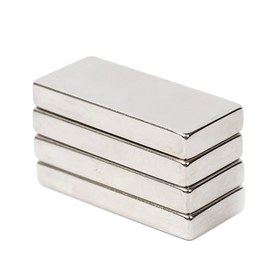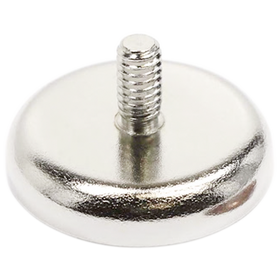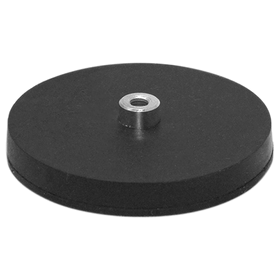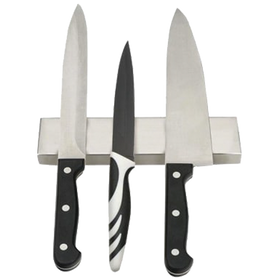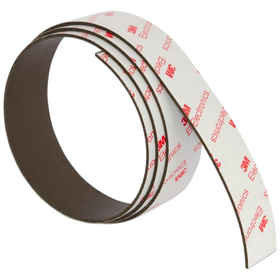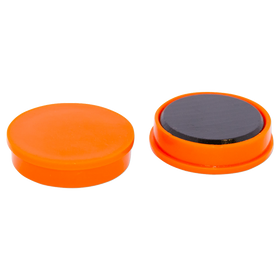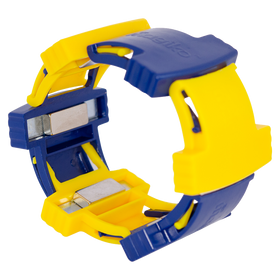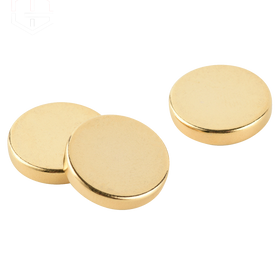
Magnets In The Classroom
Magnets are fascinating, incredibly versatile and useful in countless ways in our daily lives. Magnets also play a crucial role in teaching concepts, from early childhood to advanced tertiary studies. Magnets are used to blend theoretical principles with hands-on experimentation, which makes them an invaluable resource in fostering curiosity, critical thinking and a deeper understanding of physical phenomena.
In fact, no classroom is complete without magnets, whether they are simply attaching notes and drawings to a whiteboard or introducing young minds to their first lessons in science. In early education, children are naturally curious about how magnets attract and repel objects, and this curiosity can be harnessed through simple, playful activities. For instance, children can explore the concept of magnetic force by experimenting with magnetic wands and iron filings. Sorting magnetic and non-magnetic objects is one of those classroom experiences that many of us remember years later, entranced by the magic of magnetism.
Magnets allow teachers to demonstrate basic classification skills, the idea that some materials, such as iron and steel, are attracted to magnets while others, like wood and plastic, are not. Remember those lessons? Of course we do, because in our young minds, magnets are magical and those early lessons are our first experiences of the wonder of knowledge.
In primary and secondary education, magnets take on a more structured role in teaching scientific principles. Physics lessons often include demonstrations of magnetic fields, using bar magnets and compasses to show how magnetic forces interact. Teachers use iron filings on a sheet of paper placed over a magnet to visualise magnetic field lines, giving students a concrete representation of an otherwise invisible phenomenon. These activities help students grasp fundamental concepts such as the poles of a magnet, the nature of magnetic fields and the Earth’s magnetic properties.
Magnets also serve as an entry point for introducing electricity and electromagnetism. Students can experiment with creating simple electromagnets by wrapping insulated wire around an iron core and connecting it to a battery. This hands-on activity not only demonstrates how electricity can produce a magnetic field but also encourages students to think critically about the relationship between these two forces. Such experiments lay the groundwork for understanding more complex technologies, including electric motors, generators and magnetic storage devices.
In addition to their role in physics, magnets are used in all sorts of other disciplines within teaching modes. Geography lessons might incorporate magnets to explain how compasses work and their historical significance in navigation. Art classes might explore the creative use of magnets in kinetic sculptures or interactive installations. Even in mathematics, magnets can help illustrate abstract concepts. For instance, magnetic manipulatives such as numbers, letters and geometric shapes make learning interactive and tactile, especially for younger students or those with learning difficulties.
Magnets also play a significant role in tertiary education, where their applications extend into research and advanced technology. In engineering and applied sciences, students study magnets to design and optimise devices such as MRI machines, maglev trains and electric vehicles. Magnetic fields are integral to understanding the principles of data storage, as seen in hard drives and magnetic tapes, making them essential in computer science and information technology courses.
In physics and material science, magnets are a gateway to exploring quantum mechanics and solid-state physics. Experiments with superconductors, for instance, involve observing magnetic levitation due to what’s known as the Meissner effect, providing students with a tangible connection to abstract theoretical concepts. Magnets are also crucial in laboratory research, where they are used in devices such as spectrometers and particle accelerators to manipulate charged particles and investigate the properties of matter at a fundamental level.
Biology and medical sciences also benefit from the educational use of magnets. In biophysics, students learn how magnetic fields are used in imaging techniques like Magnetic Resonance Imaging (MRI), which relies on the alignment of hydrogen nuclei in a strong magnetic field to produce detailed images of internal body structures. These studies show students practical applications of magnets in real-world scenarios.
In a practical way, magnets are also important as hardware in the day to day, nuts and bolts workings in a classroom. Educational institutions often invest in magnetic whiteboards and other magnetic display systems as teaching aids. These tools are used across all levels of education to make lessons interactive and visually appealing. Teachers can easily attach diagrams, charts, and magnetic markers to illustrate concepts dynamically, catering to different learning styles and making complex information more accessible.
Any tool that keeps young minds focussed and engaged is valuable to a teacher. Magnets can be used to colour code, for organisation of lessons, notes and information and as teaching aids. In fact, it’s no exaggeration to say that magnets make classrooms work, excite young minds about science and encourage older students to pursue scientific studies. Magnets truly are - magic.



